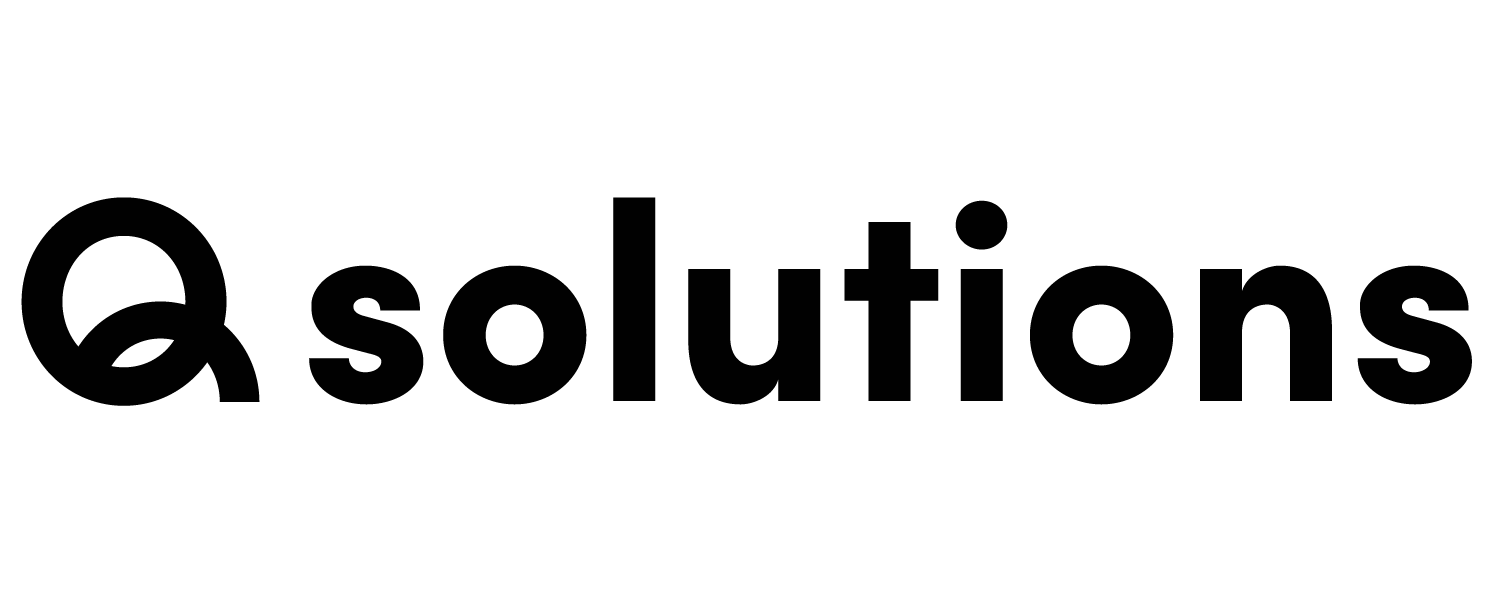In the rapidly changing world of print and web production, the traditional design-first approach is becoming less effective. This approach ignores the most important aspect of production: the content. Starting with (web)design often means creating pages manually without any structure. It’s like building a house without a blueprint – a surefire way to disaster. In this article, we’ll explore the differences between content-driven and design-driven layouts and discuss why content structure is essential, using the example of a recipe website.
Starting with content structure vs. starting with design
When you start with design, you’re focusing on the visuals without considering the organization of the content. For instance, when creating a recipe website with a design-driven layout, you might build a visually stunning site without nice buttons, menu items and a visually appealing recipe template. A content-driven layout prioritizes the structure of the content. In the context of a recipe website, this means first determining what each recipe should include (ingredients, cooking time, etc.), and then structuring the website and navigation accordingly.
Here’s why you should start with content structure:
1. Easy navigation
Without a clear structure, your print or web production will be disorganized and confusing. For example, a recipe website with no structure could over time result in a cluttered user interface, making it difficult for users to find specific recipes or understand the different categories. When you structure the content of a website with a clear and logical hierarchy, based on the structure of the content, visitors can easily navigate and access the information they need
2. Efficient and automated workflow
Starting with design often means creating and editing pages manually, which can quickly become a tedious task. When you start with design, you may find yourself constantly repeating tasks to make the content work with the design. For example, rearranging the images within a template, shortening text, adding tags or categories, and creating new (web) pages for special cases. Making changes to the design of each individual page is time-consuming and inefficient. With a content-driven layout, you can avoid this issue as you can use content management systems and other tools to make changes quickly and easily, without having to edit each page individually. For example, a recipe website that starts with a design-driven layout may face challenges in adapting new categories like, for example “vegan”, into the website because previous vegan recipes should be traced down and adjusted manually. While with a content and structure driven approach adding a new category will be a piece of (vegan) cake and added to all selected.
3. Adaptable designs
A content-driven approach offers the advantage of adaptability. By having a well-structured layout, it becomes easier to redesign, manage, and update your website or publication automatically as trends change or new requirements arise. This is because the structured data can be easily fitted into different designs. A recipe website built with a data structure-driven layout can quickly adapt to new design trends or user preferences without extensive manual intervention. Think of it like a well-organized bookshelf: the structure remains, but you can easily rearrange the books or add new ones without disrupting the overall order.
Embrace the data driven flow
Prioritizing content structure over design offers a more efficient and adaptable approach to print and web production. By focusing on the organization of content, you create a solid foundation that enables your website to grow and evolve alongside changing trends and user needs. For a recipe website or any content-heavy platform, adopting a data structure-driven layout is the key to long-term production processes that are flexible and adaptable, able to withstand the test of time.
